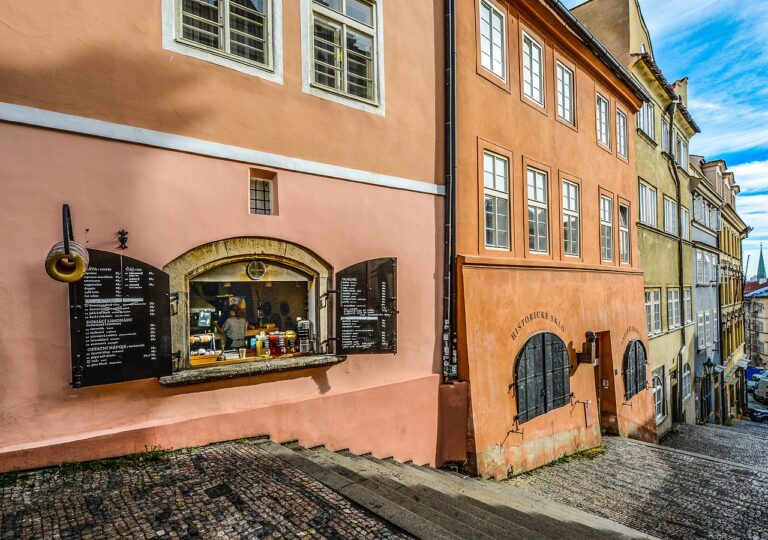Shopping for DIY Crafts: Materials and Inspiration for Creative Projects
Craft stores are a treasure trove for DIY enthusiasts and artists alike. These haven of creativity offer a wide range of materials and supplies to suit any project. From yarns in every conceivable color to rare trinkets that can elevate your creations, craft stores are veritable playgrounds for the imaginative mind.
Whether you are a seasoned crafter or a beginner exploring your creative side, visiting craft stores can be an inspiring experience. The aisles packed with papers, fabrics, beads, and more are sure to spark your creativity and fuel your passion for crafting. With knowledgeable staff on hand to offer advice and guidance, navigating through the plethora of materials becomes an enjoyable journey of discovery.
Essential Tools for DIY Projects
Every DIY enthusiast knows that having the right tools can make all the difference in the success of a project. Whether you are a seasoned crafter or just starting out, investing in a basic set of tools is essential. Some must-have tools for DIY projects include a hammer, measuring tape, screwdriver set, pliers, and a utility knife. These tools will come in handy for a wide range of projects and are the building blocks for any toolkit.
In addition to the basics, having a good quality power drill can greatly expand your capabilities when it comes to DIY projects. A power drill is versatile and can be used for tasks such as drilling, driving screws, and even sanding with the right attachments. Look for a drill that is durable, easy to handle, and has variable speed settings to give you more control over your projects. Investing in a power drill will not only save you time but also open up new possibilities for your DIY endeavors.
Choosing the Right Paints and Brushes
When it comes to selecting the right paints for your DIY projects, it is essential to consider the type of surface you will be painting on. Acrylic paints are versatile and great for beginners due to their quick drying time, while oil paints offer rich pigments and blendability. Watercolor paints are ideal for transparent washes and layering colors for a more subtle effect. Each type of paint has its strengths, so choose based on the desired finish and techniques you plan to use.
As for brushes, it’s crucial to invest in good quality ones to achieve optimal results. Synthetic brushes are perfect for acrylic paints, while natural bristle brushes work well with oil paints. Watercolor brushes come in a variety of shapes and sizes, with round brushes being versatile for various techniques. Consider the size of the brush in relation to the size of your project and the detail you wish to achieve. Experimenting with different brushes will help you find the ones that best suit your painting style.
• Acrylic paints are versatile and great for beginners
• Oil paints offer rich pigments and blendability
• Watercolor paints are ideal for transparent washes and layering colors
• Synthetic brushes are perfect for acrylic paints
• Natural bristle brushes work well with oil paints
• Watercolor brushes come in a variety of shapes and sizes
How do I know which type of paint to use for my project?
Consider the surface you will be painting on and the desired finish. Acrylic paint is versatile and works well on most surfaces, while oil paint is great for a smooth, glossy finish.
What are the different types of brushes and what are they used for?
There are different types of brushes such as flat, round, and angled brushes. Flat brushes are great for large areas, round brushes are good for details, and angled brushes are perfect for precise lines.
How do I properly clean my brushes after painting?
To clean your brushes, use warm soapy water for acrylic paint and mineral spirits for oil paint. Gently rinse the brushes until the water runs clear, reshape the bristles, and let them dry completely.
Can I use any type of paint for my DIY project?
It’s important to choose the right type of paint for your specific project. Different paints have different properties and may not adhere well to certain surfaces. Always read the label and choose the appropriate paint for the job.







